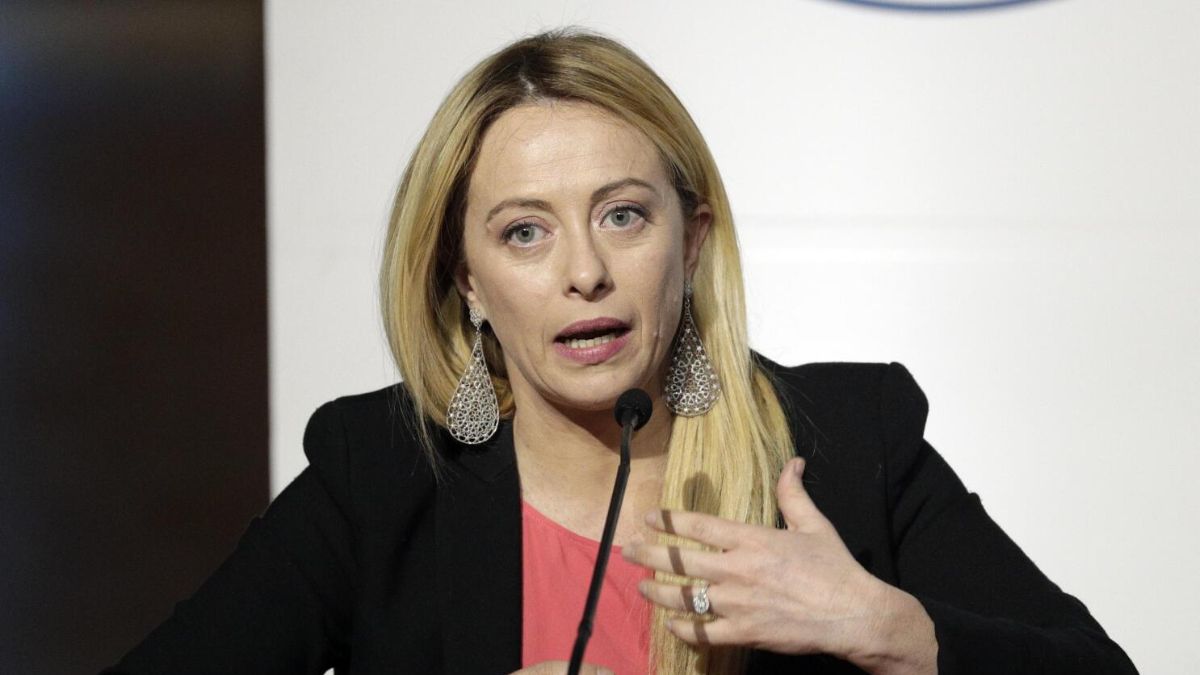Italy’s demographic crisis deepened in 2024, with the number of births falling once again and the national fertility rate dropping to a historic low, according to data released on Tuesday by the national statistics agency, Istat.
The agency reported that only 369,944 births were registered across the country in 2024. This figure represents a 2.6 percent decline compared to the 379,890 births recorded in the previous year, 2023.
Crucially, the average number of children per woman—the fertility rate—reached its lowest point ever, settling at 1.18 in 2024. This continued decline firmly establishes Italy’s challenge with a chronically sluggish birth rate and a rapidly aging population.
The negative trend shows signs of accelerating this year, with provisional data for the first seven months (January to July) of the current year showing 197,956 births. This is a significant 6.3 percent drop compared to the 211,000 births recorded during the same period in 2024.
Istat’s figures highlight the nation’s shifting demographic composition. As of January 1, 2025, the average age of the Italian population stood at 46.8 years, a slight increase from 46.6 years a year earlier. Plus, individuals aged over 65 now account for 24.7 percent of the population, up from 24.3 percent.
Italy’s worsening demographics are a major domestic concern and are regularly cited by Prime Minister Giorgia Meloni’s far-right administration as a challenge to the nation’s economic and social stability.


)

)
)
)
)
)
)
)
)



